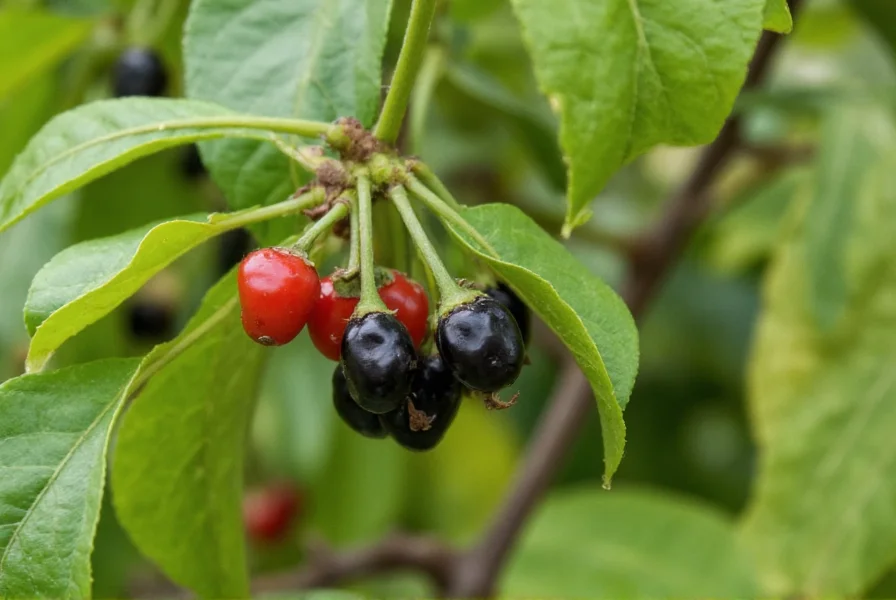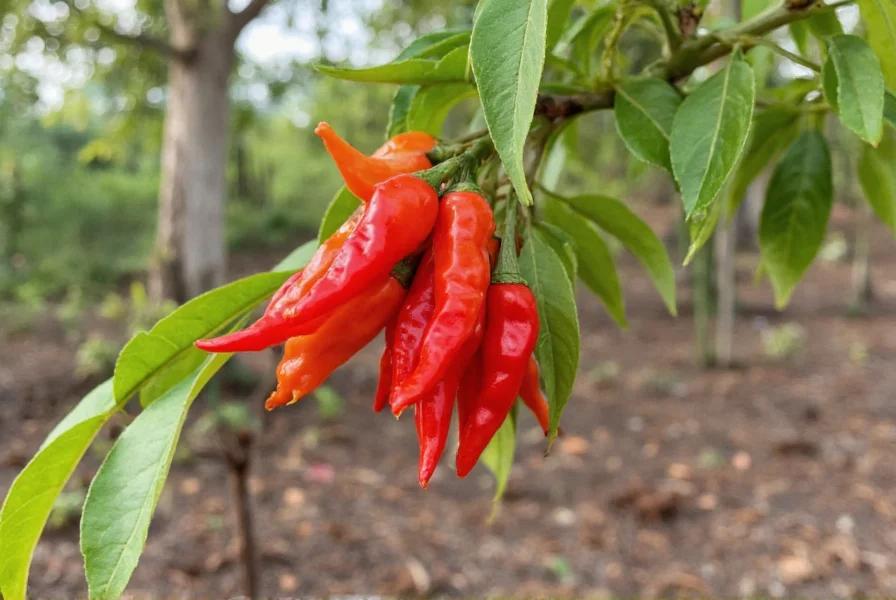For culinary enthusiasts seeking exceptional ingredients, Kampot pepper represents the pinnacle of artisanal spice production. This rare pepper variety has earned Protected Geographical Indication (PGI) status from the European Union, placing it in the same category as Champagne and Parmigiano-Reggiano as a product whose qualities are intrinsically linked to its specific region of origin.
The Terroir That Makes Kampot Pepper Unique
Grown in Cambodia's coastal Kampot Province, this exceptional pepper benefits from a perfect confluence of factors that cannot be replicated elsewhere. The region's limestone-rich soil, tropical climate with distinct wet and dry seasons, and traditional farming practices create the ideal conditions for developing Kampot pepper's signature flavor profile.
Unlike mass-produced commercial peppers, Kampot pepper farmers follow centuries-old cultivation techniques. The vines grow on bamboo trellises, receive no chemical pesticides or fertilizers, and are harvested by hand when berries reach peak maturity. This meticulous attention to detail preserves the delicate flavor compounds that distinguish authentic Kampot pepper from ordinary varieties.
Understanding Kampot Pepper Varieties
Kampot pepper comes in three distinct forms, each with its own flavor characteristics and culinary applications:
| Pepper Type | Harvest Time | Flavor Profile | Best Culinary Uses |
|---|---|---|---|
| Black Kampot Pepper | When berries begin to turn red | Bright citrus notes, floral aroma, moderate heat with complex finish | Finishing steaks, roasted vegetables, creamy sauces |
| Red Kampot Pepper | When berries fully ripen to red | Sweeter, fruitier, more delicate heat with berry undertones | Fish dishes, fruit-based sauces, desserts |
| White Kampot Pepper | Red berries soaked to remove outer layer | Milder, earthier, more floral with subtle citrus notes | Creamy soups, light-colored sauces, poultry dishes |
Identifying Authentic Kampot Pepper
With growing popularity comes the risk of counterfeit products. Genuine Kampot pepper bears the official certification logo from the Interprofession du Poivre de Kampot, the governing body that protects the PGI status. When purchasing, look for:
- Official PGI certification mark on packaging
- Clear indication of harvest year (freshness matters)
- Reputable specialty spice retailers rather than generic marketplaces
- Transparent information about the specific farm or cooperative
Authentic Kampot pepper commands a premium price due to its limited production and labor-intensive harvesting methods. Be wary of products labeled "Kampot style" or suspiciously low prices, as these typically indicate imitation products.

Culinary Applications for Maximum Flavor Impact
The nuanced flavor of Kampot pepper shines when used thoughtfully in cooking. Unlike ordinary black pepper that often gets lost in complex dishes, Kampot pepper's distinctive profile can transform simple preparations:
- Finishing applications: Add freshly cracked black Kampot pepper just before serving to preserve its volatile aromatic compounds
- Butter infusions: Create Kampot pepper butter for finishing steaks or roasted vegetables
- Seafood pairings: Red Kampot pepper complements fish and shellfish exceptionally well
- Dessert applications: White Kampot pepper adds subtle complexity to chocolate or fruit-based desserts
Chefs worldwide prize Kampot pepper for its ability to enhance rather than overpower dishes. Its balanced heat allows for more generous use than standard black pepper while still maintaining harmony in the final dish.
Proper Storage for Longevity
To preserve Kampot pepper's delicate flavor compounds, proper storage is essential:
- Keep in an airtight container away from light and moisture
- Store at cool room temperature (avoid refrigeration which causes condensation)
- Buy whole peppercorns and grind just before use for maximum flavor retention
- Consume within 12-18 months of harvest for optimal flavor (check harvest date on packaging)

Kampot Pepper in the Global Spice Market
While still relatively unknown to mainstream consumers, Kampot pepper has gained significant recognition among culinary professionals. Michelin-starred restaurants worldwide feature it prominently, and specialty food retailers increasingly stock authentic varieties. The PGI certification system ensures that only pepper meeting strict quality standards and grown in the designated region can bear the Kampot name.
Compared to other premium peppers like Tellicherry or Lampong, Kampot pepper offers a more complex flavor profile with distinctive citrus and floral notes rather than单纯的 heat. This makes it particularly valuable for chefs seeking to add dimension to dishes without overwhelming other ingredients.
Frequently Asked Questions About Kampot Pepper
What makes Kampot pepper different from regular black pepper?
Kampot pepper's uniqueness comes from its specific growing region in Cambodia's Kampot Province, which provides ideal limestone-rich soil and climate conditions. Unlike commercial black pepper, Kampot pepper is grown using traditional methods without chemicals, resulting in a complex flavor profile with citrus notes, floral aromas, and balanced heat rather than单纯的 intense spiciness. Its Protected Geographical Indication status ensures only pepper meeting strict quality standards from this specific region can bear the Kampot name.
How can I verify I'm buying authentic Kampot pepper?
Look for the official certification logo from the Interprofession du Poivre de Kampot on the packaging, which guarantees authenticity. Authentic products will clearly state "Protected Geographical Indication" or "PGI" and include the harvest year. Reputable specialty spice retailers are more likely to carry genuine products than general marketplaces. Be cautious of products labeled "Kampot style" or those with suspiciously low prices, as these typically indicate imitation products that don't meet the strict PGI standards.
What are the best culinary uses for different Kampot pepper varieties?
Black Kampot pepper works best as a finishing pepper for steaks, roasted vegetables, and creamy sauces where its citrus notes can shine. Red Kampot pepper, with its sweeter profile, complements fish dishes, fruit-based sauces, and even certain desserts. White Kampot pepper's milder, earthier flavor makes it ideal for light-colored sauces, creamy soups, and poultry dishes where visible black specks would be undesirable. For maximum flavor impact, always add Kampot pepper toward the end of cooking or as a finishing touch.
How should I store Kampot pepper to maintain its flavor?
Store Kampot pepper in an airtight container away from light, heat, and moisture. Keep it at cool room temperature rather than refrigerating, as refrigeration causes condensation that degrades quality. Always purchase whole peppercorns and grind them just before use to preserve the volatile aromatic compounds. Check for the harvest date on packaging and aim to use within 12-18 months for optimal flavor, as even high-quality pepper gradually loses its distinctive characteristics over time.
Why is Kampot pepper more expensive than regular black pepper?
Kampot pepper commands a premium price due to several factors: its limited production area (only Kampot Province in Cambodia), labor-intensive harvesting methods (all done by hand), strict quality controls enforced by the PGI certification, and traditional farming practices that avoid chemical inputs. The yield per vine is lower than commercial pepper varieties, and the careful processing preserves the delicate flavor compounds that distinguish it from mass-produced alternatives. This combination of limited supply and meticulous production methods results in a specialty product that costs more but delivers significantly more complex flavor.











 浙公网安备
33010002000092号
浙公网安备
33010002000092号 浙B2-20120091-4
浙B2-20120091-4